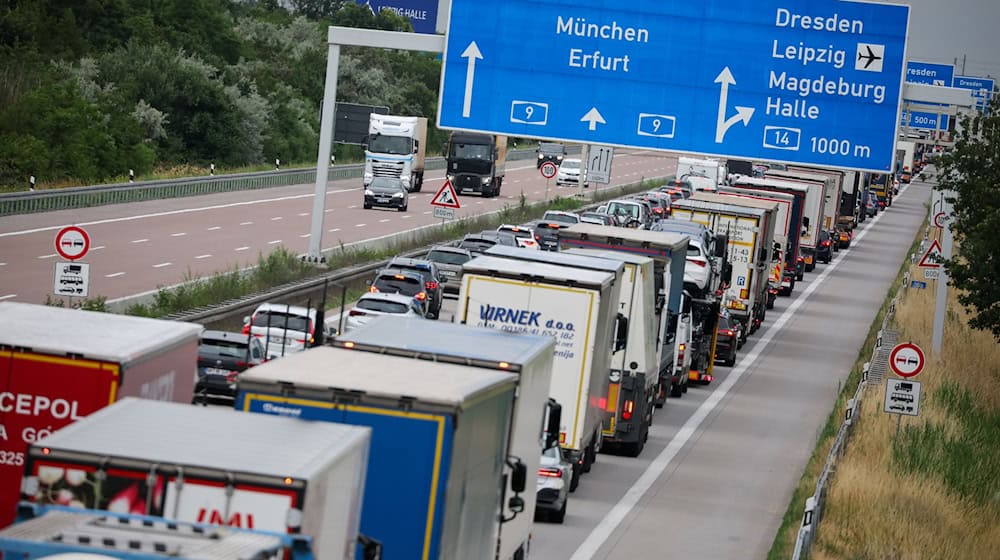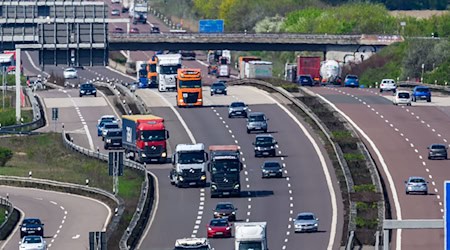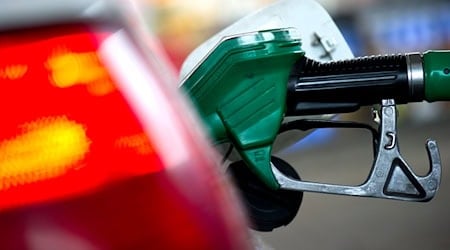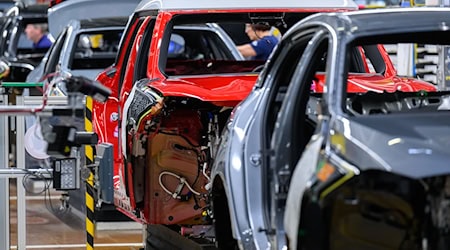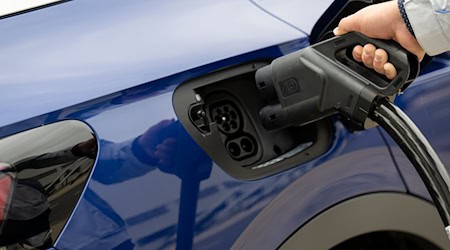Saxony has the lowest car density of all German states. Statistically, there are 534 cars per 1,000 inhabitants in the Free State, as reported by the Federal Statistical Office on the basis of previously published registration figures. Only in Bremen, Hamburg and Berlin are car densities lower. Compared to 2014, the vehicle density in Saxony has increased: At that time, the value was 516, according to the data.
In the Free State itself, regional differences are striking: for example, the low car densities are mainly in cities. According to the statisticians, Leipzig (377), Dresden (406) and Chemnitz (503) have the lowest values. The highest values are found in the districts of Bautzen (614), Vogtland (617) and Erzgebirge (621).
Thus, more and more cars are on the road across Germany. At the beginning of the year, a record number of 49.1 million cars were registered, according to reports. That was 0.7 percent more than a year earlier. Because the population has grown more slowly at the same time, the vehicle density rose to two cars more than in 2023 and even 37 vehicles more than in 2014. The record of 583 cars per 1,000 citizens dates back to 2022.
All eastern German states below the national average
The figures also show significant regional differences across Germany. All eastern German states are below the national average, while all western German states are above it. The city states of Berlin (329), Hamburg (426) and Bremen (435) also have relatively few cars per 1,000 inhabitants. The local transport networks there are well developed and not everyone wants to own a car. Berlin is the only federal state in which car density has fallen since 2014.
A significantly larger fleet can be observed in the federal states. According to the statistics, Saarland is in the lead with 655 cars per 1,000 inhabitants, ahead of Rhineland-Palatinate (630) and Bavaria (623).
Copyright 2024, dpa (www.dpa.de). All rights reserved

